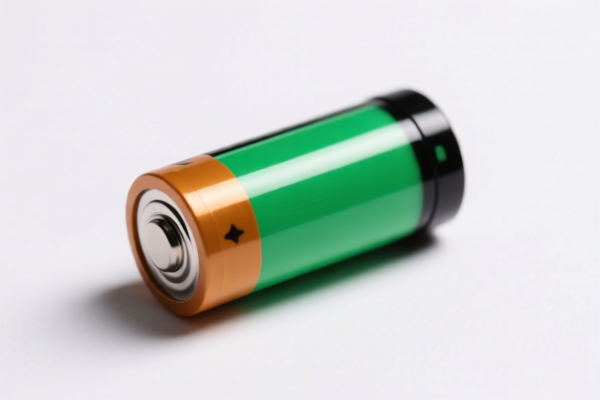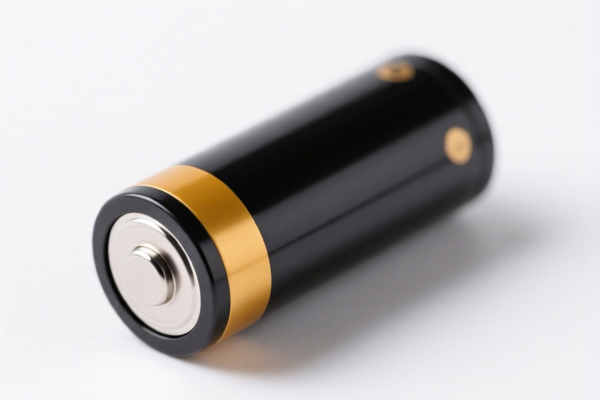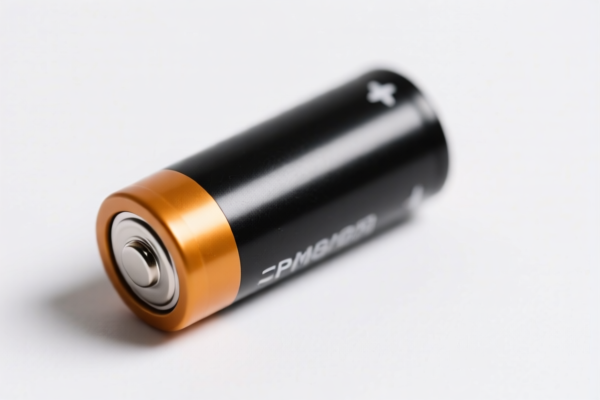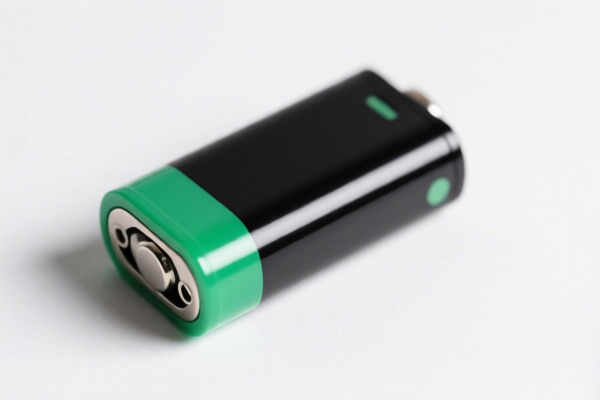| HS Code | Official Doc | Tariff Rate | Origin | Destination | Effective Date |
|---|---|---|---|---|---|
| 8506900000 | Doc | 57.7% | CN | US | 2025-05-12 |
| 8507600020 | Doc | 33.4% | CN | US | 2025-05-12 |
| 8507908000 | Doc | 58.4% | CN | US | 2025-05-12 |
| 3901909000 | Doc | 61.5% | CN | US | 2025-05-12 |
| 3901905501 | Doc | 61.5% | CN | US | 2025-05-12 |




Camera Battery Charger
A camera battery charger is a device used to recharge rechargeable batteries used in cameras. These chargers restore electrical energy to the battery, allowing for continued operation of the camera.
Material
Chargers are typically constructed using a combination of materials:
- Plastic Housing: Provides physical protection and insulation. Commonly ABS plastic.
- Electronic Components: Including a charging circuit board, voltage regulator, current limiter, and microcontroller for intelligent charging.
- Metal Connectors: Used to establish electrical contact with the battery and power source. Often stainless steel or brass.
- Wiring: Copper wires for conducting electricity.
Purpose
The primary purpose of a camera battery charger is to replenish the energy stored in a camera's rechargeable battery, enabling the camera to function without being connected to a power source.
Function
Camera battery chargers function through a process of converting AC (alternating current) power from a wall outlet into DC (direct current) power suitable for charging the battery. Key functions include:
- Voltage Conversion: Reducing the higher voltage of the mains power supply to the appropriate voltage for the specific battery type.
- Current Control: Regulating the charging current to prevent overcharging and damage to the battery.
- Charging Algorithm: Employing a specific charging algorithm (e.g., constant current/constant voltage - CC/CV) tailored to the battery chemistry.
- Battery Status Indication: Providing visual or digital information on the charging progress and battery state (charging, fully charged, error).
- Safety Features: Incorporating protection mechanisms against overvoltage, overcurrent, overheating, and short circuits.
Usage Scenarios
- Home Charging: Recharging batteries overnight or during downtime.
- Travel: Using portable chargers while away from power outlets. Some chargers are designed with foldable plugs for convenience.
- Professional Photography: Having multiple chargers available to ensure a continuous power supply during shoots.
- Remote Locations: Utilizing chargers with alternative power input options (e.g., USB, car adapter) when mains power is unavailable.
Common Types
- Wall Chargers: The most common type, plugs directly into a wall outlet.
- Docking Chargers: Integrated into a charging base, often used with specific camera models.
- USB Chargers: Charge batteries via a USB port, offering portability and convenience.
- Multi-Battery Chargers: Capable of charging multiple batteries simultaneously.
- Car Chargers: Plug into a car's cigarette lighter socket for charging on the go.
- Dedicated Chargers: Designed for a specific camera model and battery type, offering optimized charging performance.
- Universal Chargers: Compatible with a wide range of camera battery types, often requiring interchangeable battery trays.
Based on the provided information, the following HS codes may be relevant to a camera battery charger:
- 8506900000: This HS code covers primary cells and primary batteries; parts thereof: Parts. This could apply if the charger is considered a part of a primary battery system. The total tax rate is 57.7%, comprised of a 2.7% base tariff and a 25.0% additional tariff, increasing to 30% after April 2, 2025.
- 8507600020: This HS code covers electric storage batteries, including separators therefor, whether or not rectangular (including square); parts thereof: Lithium-ion batteries Other. If the charger is specifically designed for lithium-ion batteries, this code may be applicable. The total tax rate is 33.4%, consisting of a 3.4% base tariff and a 0.0% additional tariff, rising to 30% after April 2, 2025.
- 8507908000: This HS code covers electric storage batteries, including separators therefor, whether or not rectangular (including square); parts thereof: Parts: Other. If the charger is considered a part of an electric storage battery system but doesn't fall under the more specific lithium-ion category, this code could be used. The total tax rate is 58.4%, with a 3.4% base tariff and a 25.0% additional tariff, increasing to 30% after April 2, 2025.
It is important to determine the type of battery the charger is designed for (primary vs. storage, lithium-ion vs. other) to select the most accurate HS code.
Customer Reviews
No reviews yet.